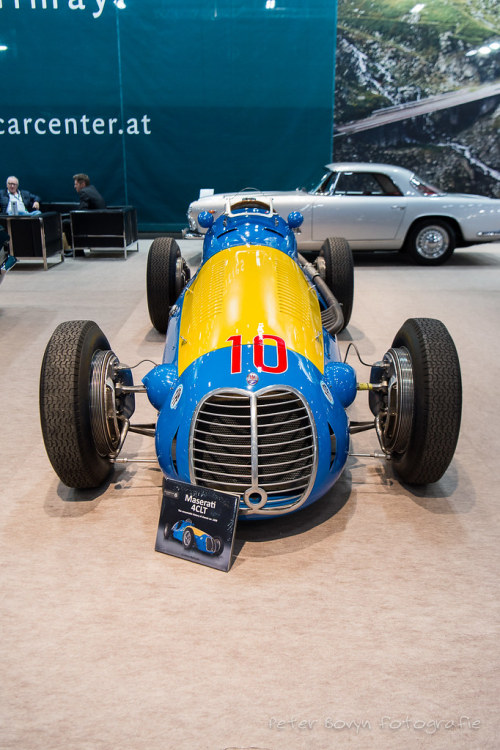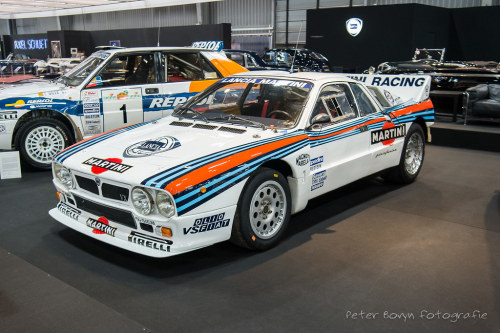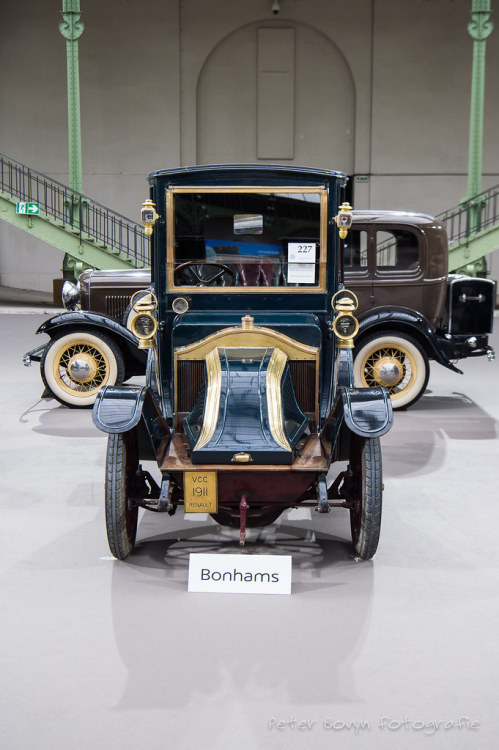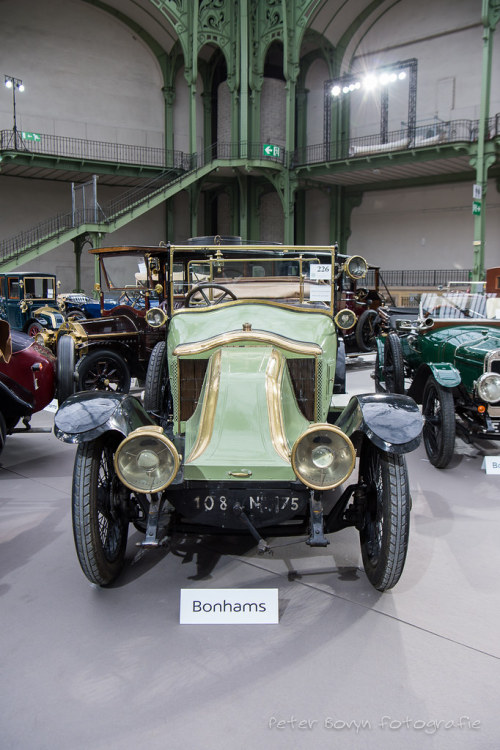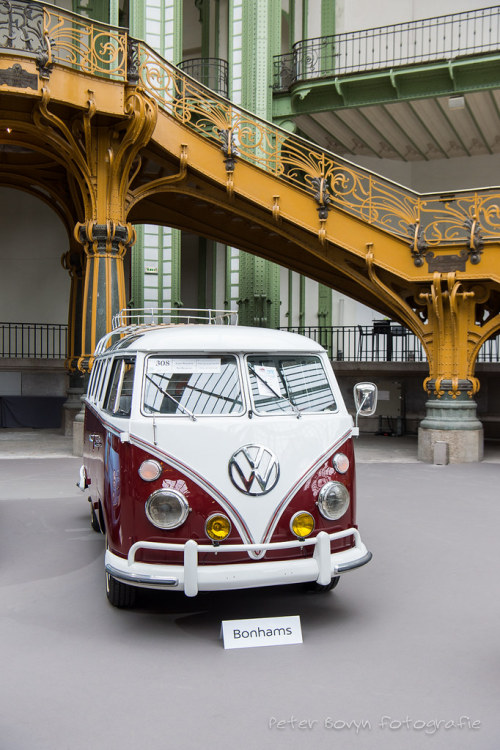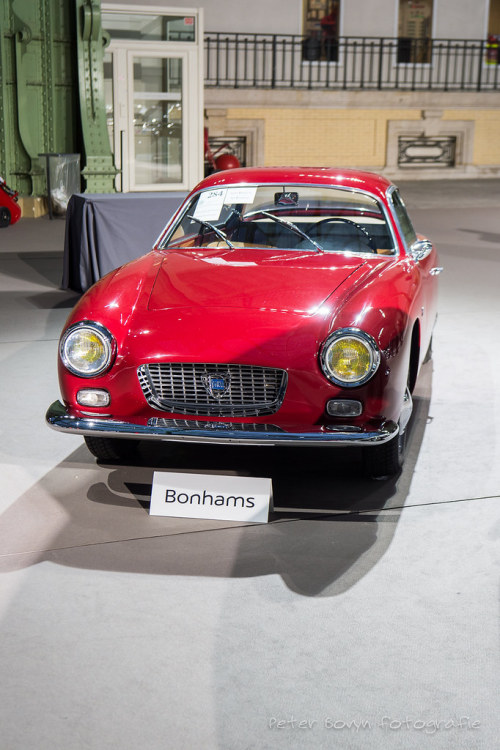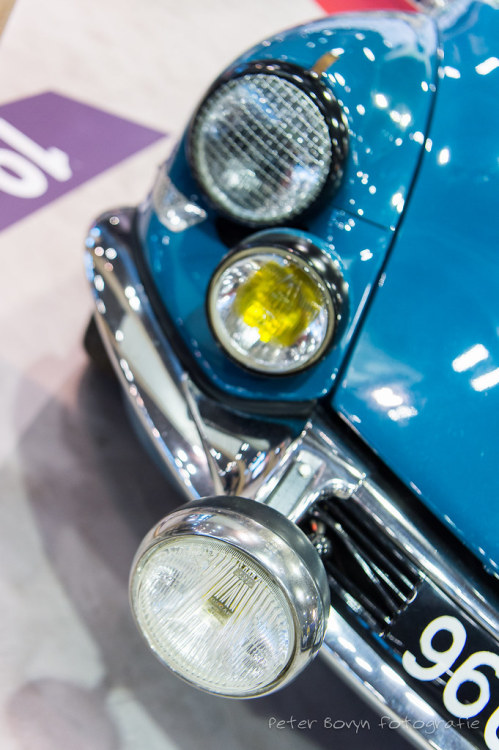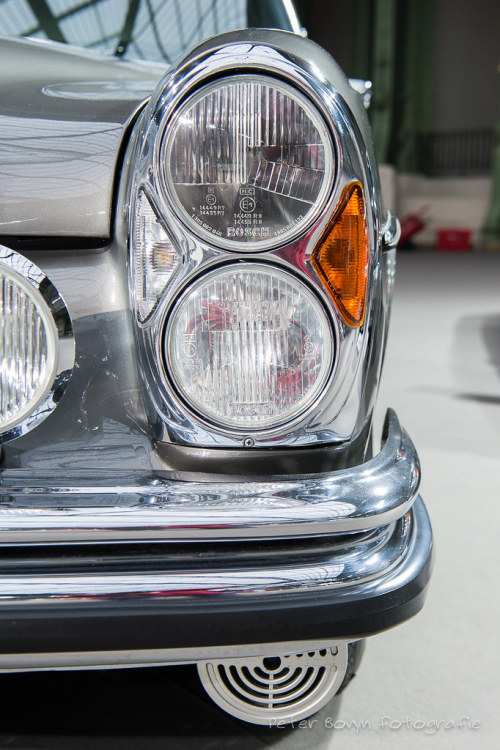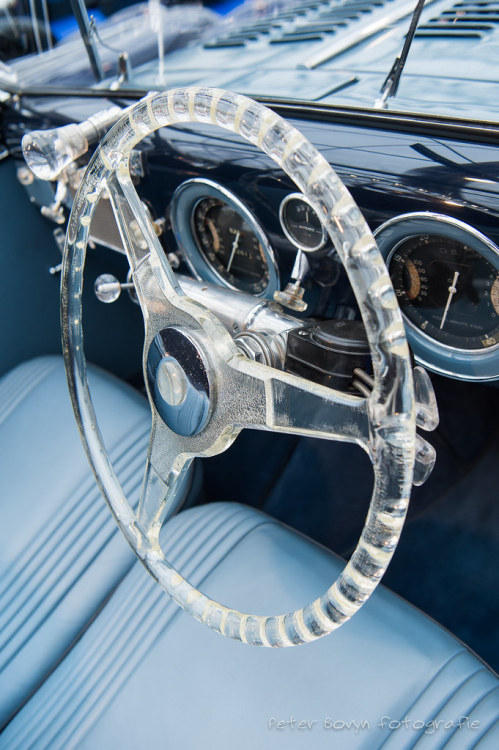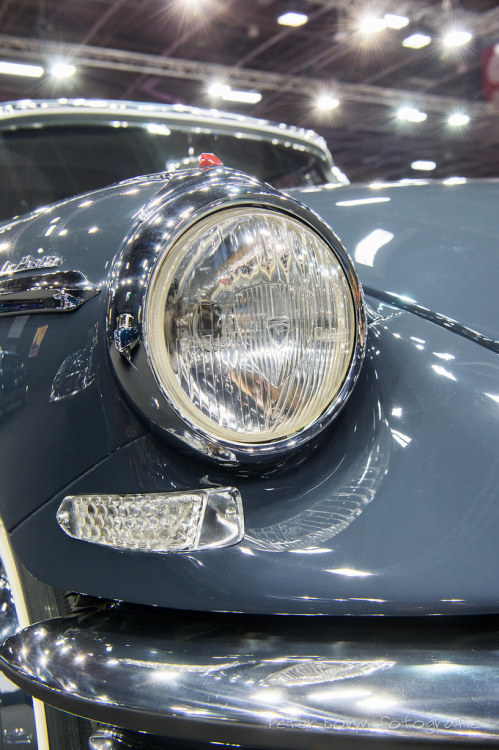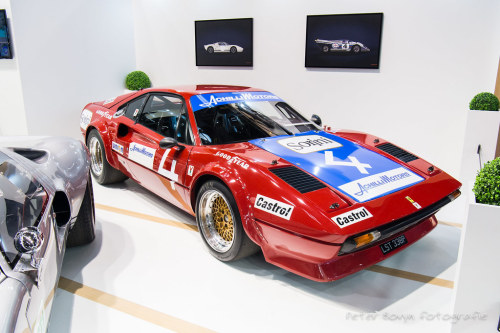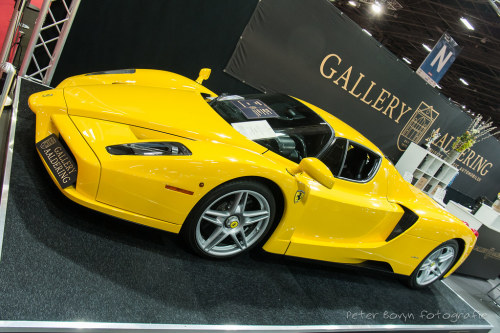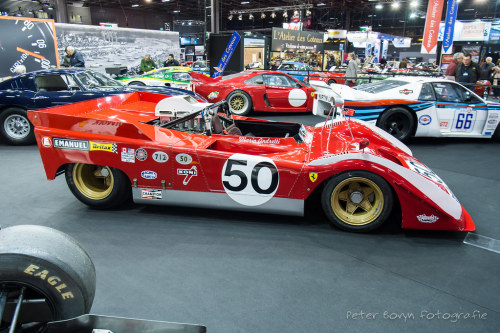
Porsche 356 Pre-A 1100 Coupé - 1950 by Perico001 Chassis n° 5310
Coachwork by Reutter
Les Grandes Marques du Monde au Grand Palais
Bonhams
Parijs - Paris
Frankrijk - France
February 2019
Estimated : € 700.000 - 1.000.000
Sold for € 805.000
Although Ferdinand Porsche had established his automotive design consultancy in the early 1930s, his name would not appear on a production car until 1949. When it did, it graced one of the all-time great sports cars: the Porsche 356. Having commenced manufacture with a short run of around 50 hand-built aluminium-bodied cars at Gmünd, Porsche began volume production of the steel-bodied 356 coupé at its old base in Stuttgart, at first in premises shared with coachbuilders Reutter and then (from 1955) in its original factory at Zuffenhausen.
The work of Ferdinand ‘Ferry’ Porsche, the 356 was based on the Volkswagen designed by his father. Like the immortal 'Beetle’, the 356 employed a platform-type chassis with rear-mounted 1,100cc air-cooled engine and torsion bar all-independent suspension, yet somehow contrived to offer level of performance that belied the basic layout’s humble origins. In part this had been achieved by the 356’s aerodynamically efficient body, designed by Porsche employee Erwin Komenda. In its report on the 1949 Geneva Motor Show, scene of the 356’s international debut, Motor commented: 'Despite the conservatively stressed engine, a weight of only 11.7cwt gives 68bhp/ton and the beautifully formed body offers such low drag that the car has been timed by an independent tester to cover a kilometre at 84mph (134km/h)’.
Porsche was anxious to prove its new sports car in competition, and on 11th July 1948 the open prototype had won its class at a race meeting at Innsbruck. In 1951 an aluminium-bodied works car finished first in the 1,100cc class at the Le Mans 24-Hour Race and 20th overall, thus beginning the marque’s long and illustrious association with La Sarthe.
Aluminium cylinder heads were an early improvement (introduced in November 1949) while constant development would see the 356’s engine progressively enlarged, with 1.3-litre and 1.5-litre units first becoming available in 1951. As the engine increased in both size and power, the inadequacies of the Volkswagen-type transmission were exposed, leading to the introduction of Porsche’s own synchromesh gearbox - the Type 519 - in 1952. That same year the original split windscreen was replaced by a one-piece, while 1955 marked the arrival of the revised 356A model, the newcomer being readily distinguished by its curved windscreen and 15" - down from 16" - wheels.
This rare 'four-digit’ Porsche 356 Coupé has the two-piece split windscreen typical of the very earliest models. It is estimated that only some 30 of this type survive. Chassis number '5310’ is an original German-delivered car that is believed to have had only four previous owners (details on file). In the mid-1990s the Porsche was restored by marque specialist Peter Iversen in Denmark on behalf of the fourth owner. Costing €25,000, additional detailing has been carried out in recent years by the owner with the guidance of recognised Porsche 356 expert Robert Brocker of the Netherlands.
Some measure of this car’s fine quality may be gained from the fact that in 2018 it was judged 'Most Iconic Car’ at the Zoute Concours d'Élégance and won 1st Prize for 'Best Restoration’ at the InterClassics Brussels auto show. Photographs taken at the shows are on file and the car also comes with restoration photographs and Danish and German registration papers.
'5310’ is justifiably described by several marque experts as in 'concours condition’. With its split windscreen and low, four-digit chassis number, this early Type 356 would be a welcome participant at Porsche-themed and other sports car events, as examples such as this are seldom seen. https://flic.kr/p/2fkv6gz
from Tumblr
https://66.media.tumblr.com/64e74618f62fd5070ac84a3a79228242/09a11e0ecd0f8537-2b/s500x750/acf746a1ea20c32d172ef80ba5ee616ae291e3ae.jpg



